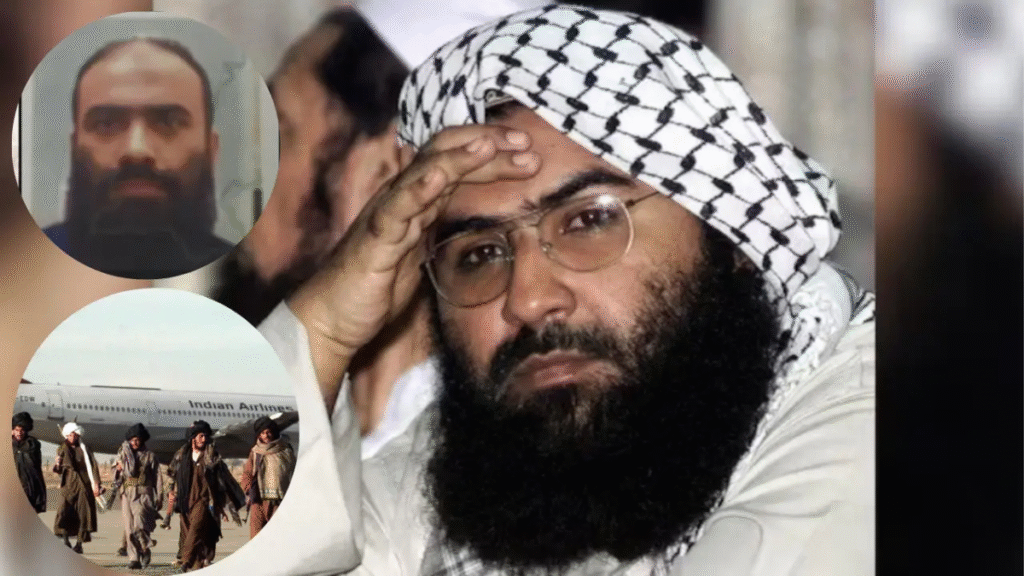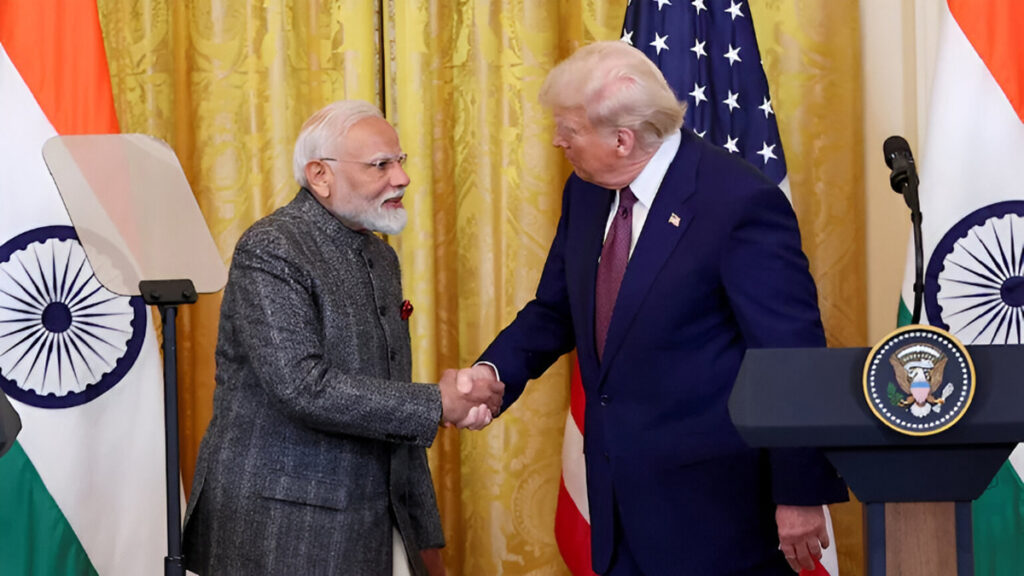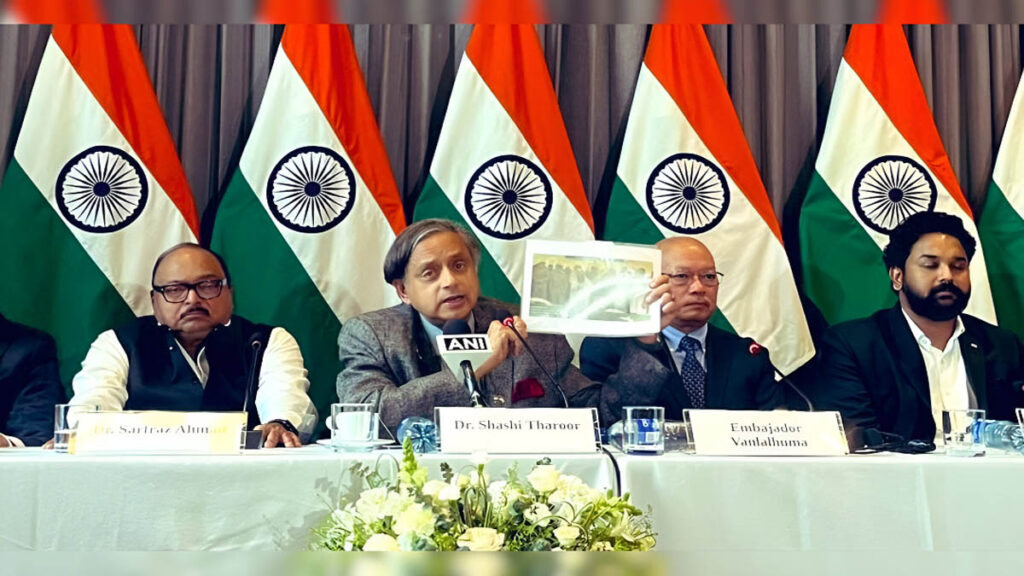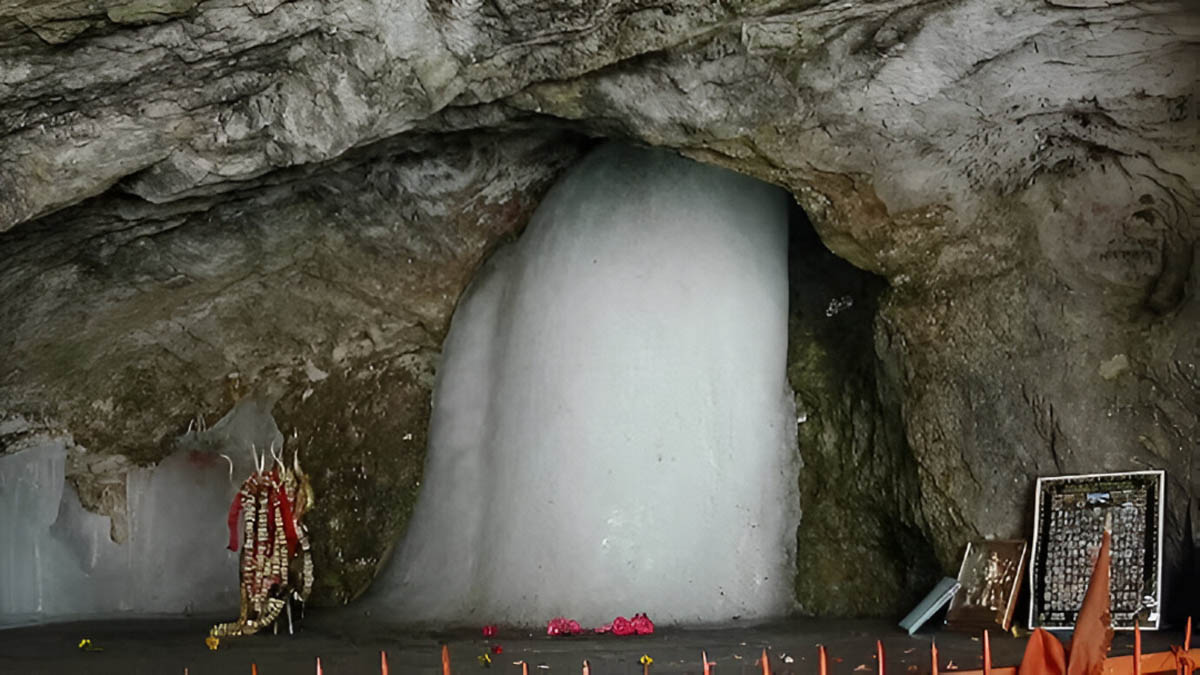Now Reading: Understood Mistakes, Rectified Them: General Arora Reflects on Op Sindoor’s Costly Lessons
-
01
Understood Mistakes, Rectified Them: General Arora Reflects on Op Sindoor’s Costly Lessons
Understood Mistakes, Rectified Them: General Arora Reflects on Op Sindoor’s Costly Lessons
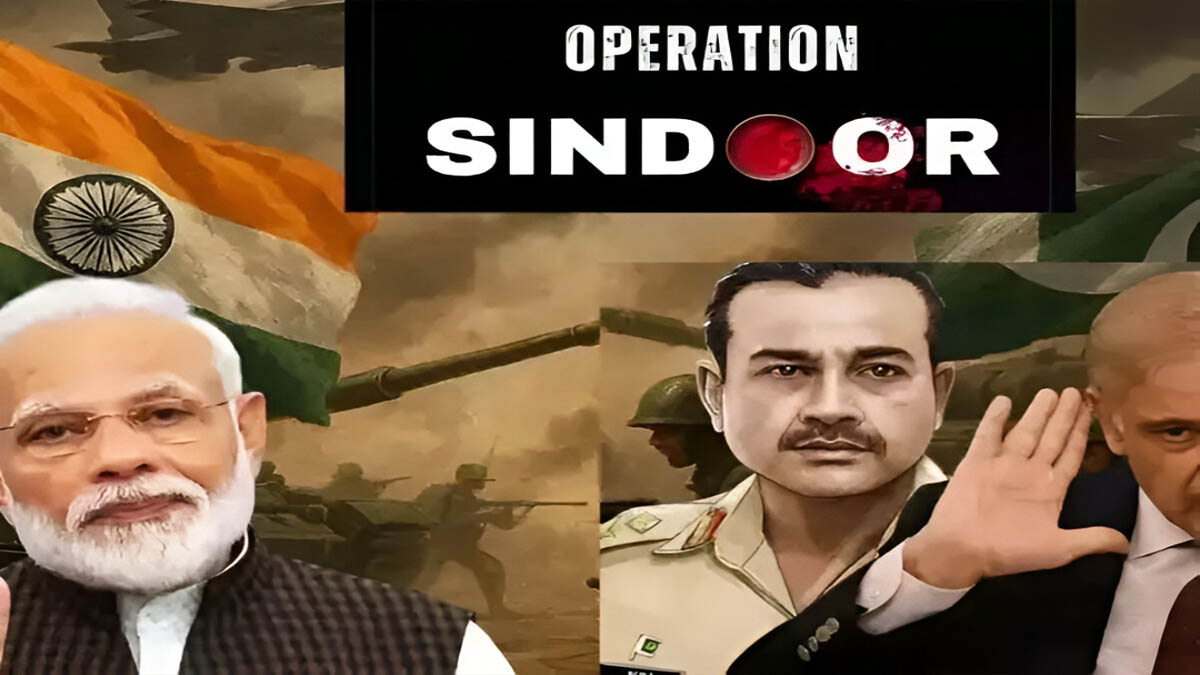
In a candid and unprecedented address, General Krishnan Arora, the esteemed Chief of Defence Staff, today offered a sobering reflection on the initial setbacks and profound losses suffered during the early phases of ‘Operation Sindoor’. While acknowledging the ultimate strategic success of the critical counter-insurgency operation in the volatile [Fictional Region, e.g., ‘Northern Frontier Badlands’], General Arora emphasized the invaluable, albeit painful, lessons learned from its arduous beginning. His remarks underscored a commitment to transparency and an unwavering resolve to safeguard the lives of military personnel.
Operation Sindoor, launched a little over a year ago with the ambitious objective of dismantling entrenched militant networks and restoring stability to the strategically vital region, was initially met with fierce and unexpectedly coordinated resistance. While the specifics of the tactical errors and intelligence gaps remain classified, General Arora alluded to a confluence of factors that contributed to the early casualties and operational delays.
“We underestimated the enemy’s resolve, their adaptability, and the depth of their local support networks,” General Arora stated, his voice devoid of rhetoric. “Our initial intelligence, while generally accurate, failed to fully capture the nuances of their defensive positions and the extent of their improvised explosive device (IED) capabilities. Furthermore, our deployment strategy, while designed for rapid territorial gains, sometimes placed our forward units at undue risk due to overstretched supply lines and insufficient real-time reconnaissance.”
Sources within the Ministry of Defence, speaking on condition of anonymity, indicated that the initial phase of Op Sindoor saw a higher-than-anticipated attrition rate among frontline infantry units and considerable damage to specialized armored vehicles. This prompted an immediate and comprehensive internal review, led personally by General Arora.
“The immediate aftermath of those losses was a period of intense scrutiny and painful introspection,” General Arora admitted. “We mourned our fallen, and we meticulously analyzed every tactical decision, every piece of intelligence, every logistical bottleneck. It was imperative that we understood why these brave soldiers paid the ultimate price.”
The rectifications that followed were swift and decisive. Key changes included a significant overhaul of intelligence gathering protocols, with a greater emphasis on human intelligence and advanced drone surveillance for real-time battlefield assessment. The doctrine for engagement was revised, shifting from aggressive, rapid advances to more deliberate, intelligence-led operations focused on surgical strikes and securing supply routes. Furthermore, a substantial upgrade in force protection measures, including enhanced body armor, vehicle upgrades, and sophisticated counter-IED technologies, was fast-tracked.
“We invested heavily in what we had neglected,” the General explained. “Better intelligence, better protection, and more flexible tactical responses. We learned that sheer force, without precise application and meticulous preparation, can be counterproductive. We embraced a ‘learn-as-you-fight’ mentality, and our commanders on the ground were empowered to adapt and innovate.”
The impact of these rectifications was evident in the subsequent phases of Operation Sindoor. While the fighting remained intense, the pace of advances became more sustainable, and the casualty rates significantly decreased. The revamped strategies led to the successful dismantling of several key militant strongholds and the capture of high-value targets, ultimately achieving the operation’s strategic objectives.
General Arora’s remarks today served not just as a reflection on past challenges but as a testament to the military’s capacity for self-correction and resilience. “The price of learning is always high,” he concluded. “But the failure to learn from our mistakes is a far greater cost. We owe it to every soldier, past and present, to continuously evolve, to refine our strategies, and to ensure that no sacrifice is ever in vain. Operation Sindoor taught us that humility in victory is as crucial as courage in adversity.”
His address is expected to resonate deeply within military ranks and among the public, reinforcing confidence in the armed forces’ leadership and their unwavering commitment to national security, even in the face of profound challenges. The legacy of Op Sindoor, it seems, will not just be its strategic success, but the hard-won wisdom gleaned from its initial trials.

